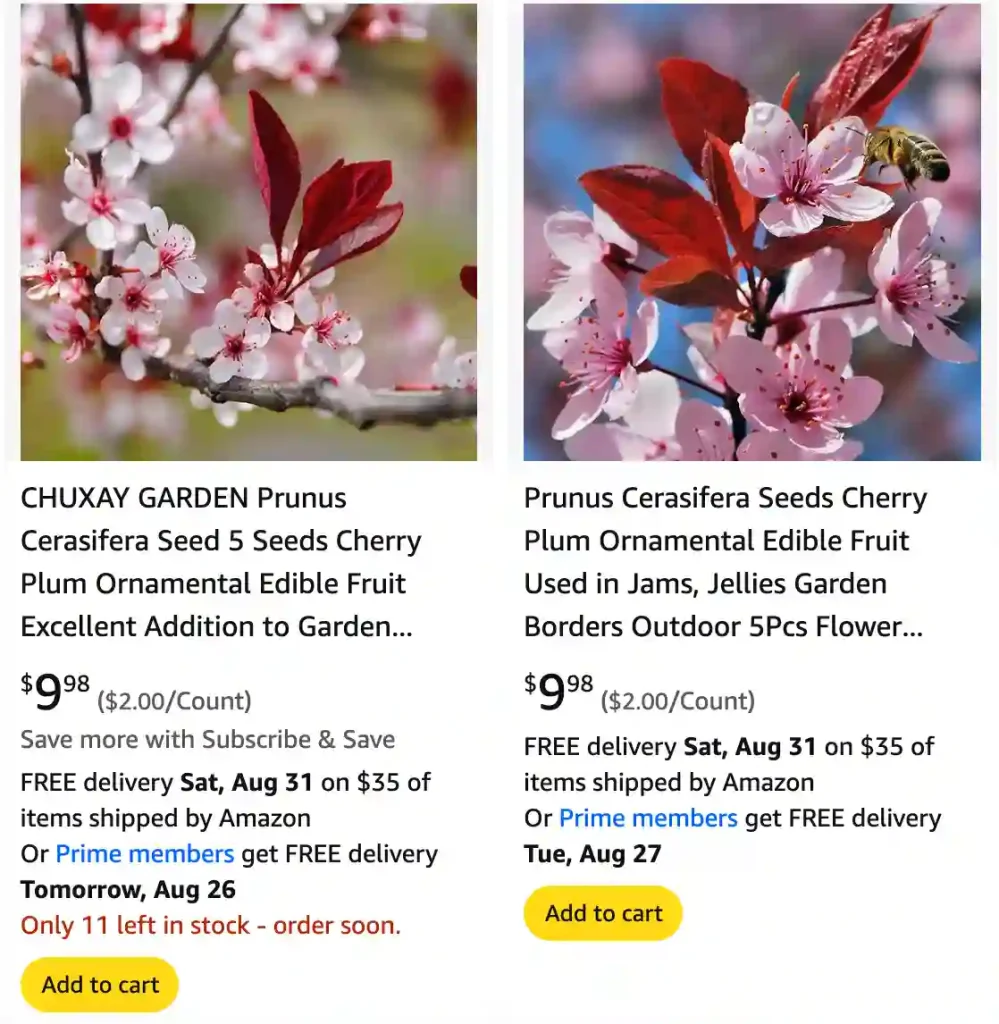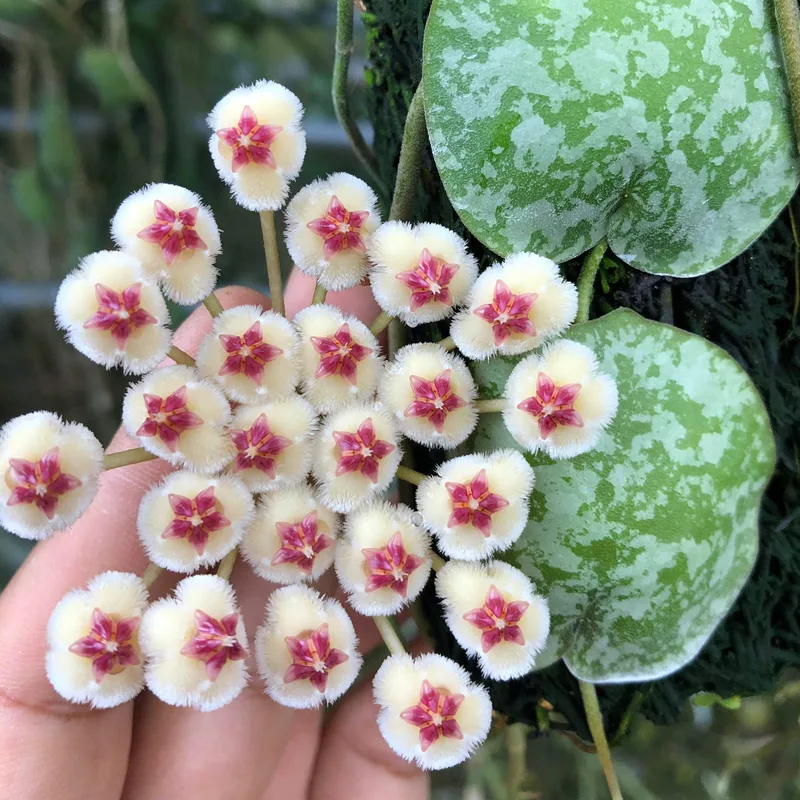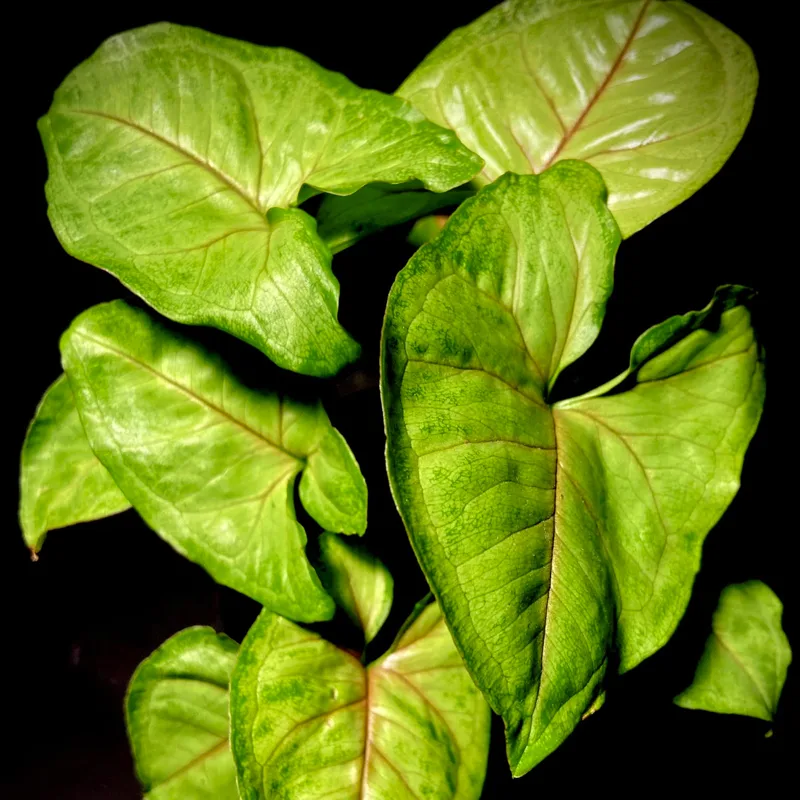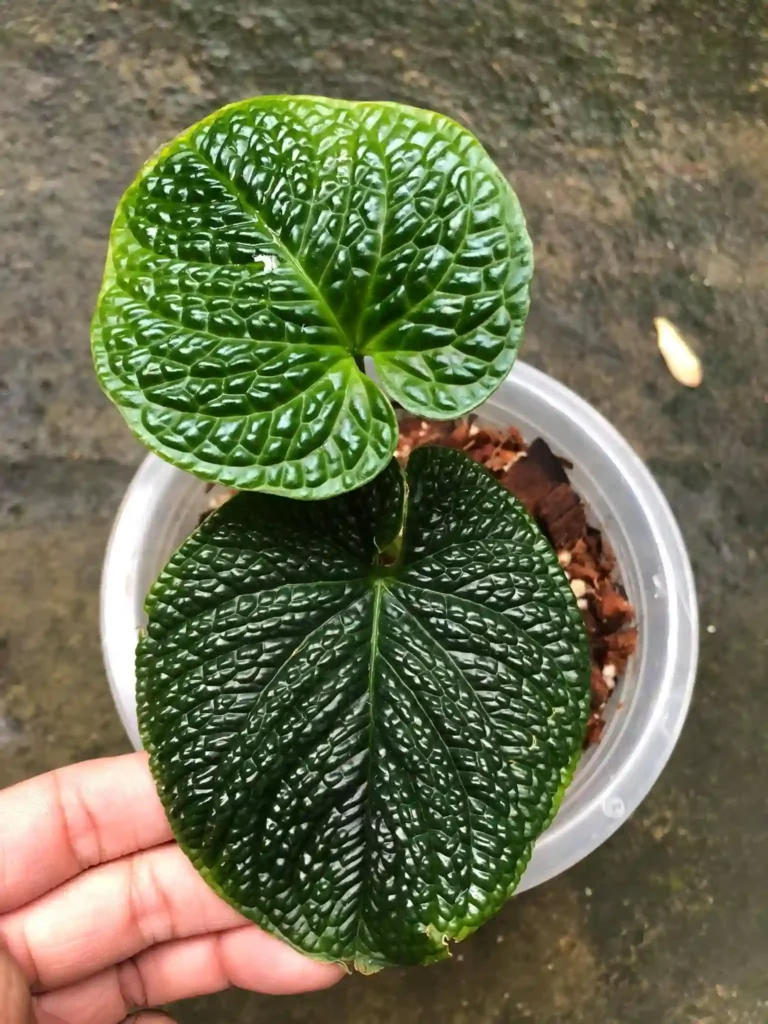
What Is a Cherry Plum?
A Cherry Plum is a small, deciduous fruit tree known for its sweet, tangy fruits. These trees, scientifically named Prunus Cerasifera, are native to parts of Europe and Asia. They produce fruits that are similar in taste and appearance to both cherries and plums, hence the name. Cherry Plums are popular in gardens due to their attractive blooms and colorful fruit.
390 Species in Genus Prunus
Is Cherry Plum Edible?
Yes, Cherry Plums are edible. The fruit is small, usually ranging from 1 to 2 inches in diameter, and can be red, yellow, or purple. They have a tart flavor when raw but become sweeter as they ripen. Cherry Plums are enjoyed fresh, in salads, or used in cooking and baking. They’re also a great choice for making jams and preserves.
How Many Calories in a Cherry Plum?
Cherry Plums are relatively low in calories. A single medium-sized Cherry Plum contains about 30 calories. They are a healthy fruit choice, providing essential nutrients without contributing to excessive calorie intake.
How to Grow a Cherry Plum?
Growing a Cherry Plum is relatively straightforward. Here’s a quick guide:
- Choose the Right Location: Cherry Plums prefer full sun and well-drained soil. Avoid areas with heavy clay or poor drainage.
- Planting: Space the trees about 15 to 20 feet apart. Dig a hole twice as wide as the root ball and plant the tree at the same depth it was in the nursery container.
- Watering: Water the tree regularly, especially during dry periods. Keep the soil consistently moist but not waterlogged.
- Fertilizing: Apply a balanced fertilizer in early spring to support growth and fruiting.
- Pruning: Prune the tree annually to maintain its shape and remove any dead or diseased branches.
When Is Cherry Plum Season?
Cherry Plums typically ripen in late summer to early fall. In the Northern Hemisphere, this usually means from August to September. The exact timing can vary based on your climate and the specific variety of Cherry Plum.
Are Cherry Plum Trees Poisonous to Dogs?
No, Cherry Plum trees are not considered poisonous to dogs. However, it’s always a good idea to prevent your pets from eating large quantities of fruit or plant parts. Ingesting too much fruit can cause gastrointestinal upset in dogs.
How Fast Do Cherry Plum Trees Grow?
Cherry Plum trees are relatively fast-growing. Under optimal conditions, they can grow 1 to 2 feet per year. With proper care, you can expect them to reach full maturity in about 5 to 7 years, depending on the variety and growing conditions.
How to Make Cherry Plum Jam?
Making Cherry Plum jam is a delightful way to preserve the fruit. Here’s a simple recipe:
- Ingredients:
- 4 cups Cherry Plums, pitted and chopped
- 2 cups granulated sugar
- 1/4 cup lemon juice
- 1 packet fruit pectin (optional, for a firmer jam)
- Instructions:
- In a large pot, combine the Cherry Plums, sugar, and lemon juice. Cook over medium heat, stirring frequently.
- Bring the mixture to a boil and let it cook for about 10 minutes.
- If using fruit pectin, add it according to the packet instructions.
- Test the jam’s consistency by placing a small amount on a plate and chilling it. If it’s thick enough, it’s ready to be jarred.
- Pour the hot jam into sterilized jars and seal immediately. Let it cool completely before storing.
Cherry Plum vs. Plum
Cherry Plums and regular plums, though similar, have distinct differences. Cherry Plums are generally smaller, with a tart flavor, and are often used in jams and preserves. Regular plums, in contrast, come in various sizes and flavors, from sweet to tart, and are commonly eaten fresh or used in baking.
Cherry Plum vs. Cherry
Cherry Plums and cherries differ in size, flavor, and texture. Cherry Plums are generally smaller and more tart, while cherries are usually sweeter and come in a variety of sizes. The trees also have different growth habits and care requirements.
How to Care for Cherry Plum Trees?
Proper care is essential for a healthy Cherry Plum tree. Regular watering, especially during dry periods, and annual pruning are crucial. Keep an eye out for common pests like aphids and diseases such as peach leaf curl. Applying a layer of mulch can help retain soil moisture and control weeds.
How to Propagate Cherry Plum?
Cherry Plums can be propagated through seeds or cuttings. For seeds, stratify them in the refrigerator for a few months before planting. For cuttings, take semi-hardwood cuttings in late summer, treat them with rooting hormone, and plant them in a well-drained potting mix.
What to Plant With Cherry Plum?
Companion plants for Cherry Plum include herbs like rosemary and lavender, which can help deter pests. Flowers such as marigolds can also be beneficial. Avoid planting them near other stone fruit trees to prevent the spread of diseases.
Benefits of Cherry Plum
Cherry Plums offer several health benefits. They are rich in vitamins A and C, antioxidants, and dietary fiber. These nutrients support immune health, improve digestion, and provide energy.
Common Problems with Cherry Plum Trees
Common issues include pests like aphids and diseases such as peach leaf curl. Regular inspections and proper care can help manage these problems. Ensure good air circulation and avoid overhead watering to reduce disease risk.
Cherry Plums are a versatile and delightful fruit tree that can add beauty and flavor to any garden. With proper care and attention, they can provide a bountiful harvest and a touch of elegance to your landscape.
If i die, water my plants!



